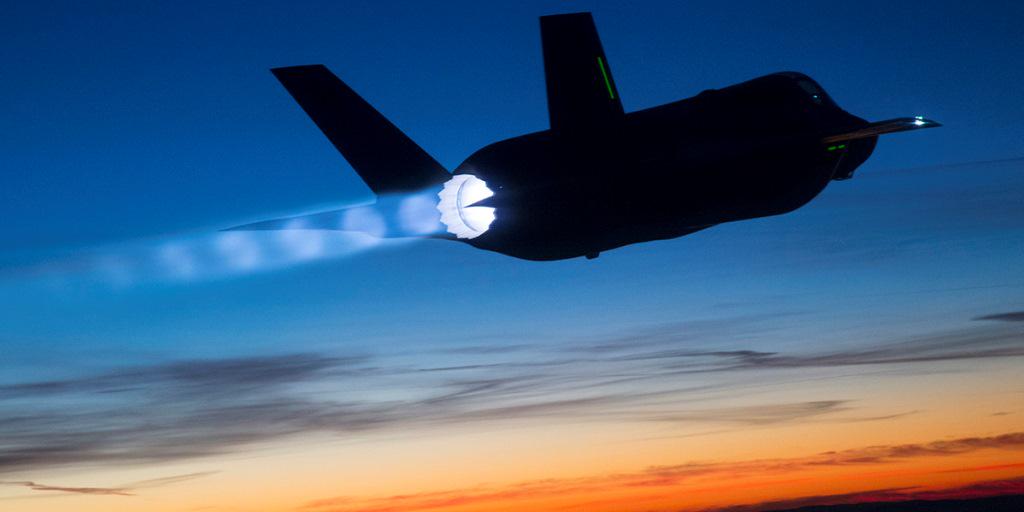Perspective is the operational
word for 2017. A point of view is for the coming of a wide bodied order downturn.
This perspective have sent the 787 bulls to pasture. Forbes reports that the
787 market may enter a diminished order season going forward. They are correct
on several fronts.
·
Elongated time for low fuel prices.
·
Scarcity of long range routes
· Making other under preforming financial investments within the micro markets
The fuel price commodity has troubled the immense expansion for
buying wide-bodied aircraft when a customer can purchase and refurbish the last
generation aircraft such as the 767 or the A-330 instead of buying the 787. Those older frames have life
and can make money before they must land or before falling out of the sky from
aging. The airlines can fly the cheaper way consuming low fuel prices without using
an immense capital outlay for its fleet. The debt servicing is considerably
less for older and prior generation aircraft than a 787. Secondly having its largest operational cost reduced, coming from low fuel prices, is an opportunity for airlines
to mop up profits during this cheap fuel period. How long the low fuel cost remain is
how long the wide bodied bear market will last.
Airlines who rushed to fill long range legacy routes and newly
created routes because of the aircraft's extended range capabilities, are now in thin company with having few remaining opportunities. After Boeing has delivered 500 of its 787's, the long range route
availability disappeared shrinking opportunities. As exampled by "Etihad", who
has already gathered up the Gold nuggets laying on the ground found in the
market place. It still has a huge backlog of undelivered wide bodied aircraft
and is considering deferrals when managing its impending inventory. The
collective mindset from prognosticators, "the market is slowing but will come to stop by 2020".
The reality of that position is very apparent, but does
not take into consideration other innovative decision making from the airlines.
One condition exists from the above paragraph's comment. The age of the newly
renovated prior generation aircraft will have to retire close to the time the time
fuel prices begin to rise, and demand will then return with a full force for hundreds of wide-body orders.
Forbes Quote: "Etihad has 61
outstanding 787 orders, the highest total for any carrier. Etihad has been
investing heavily in other airlines, which have continued to lost money.
“We hear the ‘D-word’ (deferral) surfacing with Etihad’s order for 787s,”
Hamilton writes:
"The second and third biggest customers are
Aeroflot with 22 orders and Norwegian with 19. Hamilton says Aeroflot raises
questions and Norwegian is engaged in very rapid expansion Some other customers
are from troubled areas of the world."
Some airlines have taken aggressive investment schemes when buying
out weaker performing airlines or ancillary businesses in hopes of expanding its market share. At this
time that strategy is back firing in the current slowing of the market. This
condition is sopping up hundreds of millions of investment dollars and weakens any
airline's financial ability for making new aircraft acquisitions. Once again, "Etihad is a good example as it has mopped up investments for its "other" ventures costing millions where it has not produced the desired outcome of
profitability coming from those types of investments. The "micro market" with this definition, is a market composed of different airlines who is a
customer of the giant manufacturers such as Boeing or Airbus. The macro market is a
Boeing Manufacturer who represents a worldwide supplier for all airlines.
Many airlines are now taking a more cautious approach towards
buying wide bodies at this time due to low fuel pricing, opportunity, and financial
resources. The trend line for both Boeing and Airbus "wide bodies" is going flat and will
recover after 2020 which is a little more optimistic than the Forbes article.
The premise coming from that opinion is the wide bodied market stalls in 2020.
Winging It is looking at other aspects in play, where older equipment which is being
worked during this fuel price down-turn period will begin to be retired by 2020, and
the lack of availability of prior generation aircraft will cause the purchase
prices on that class of aircraft to increase. A market condition will exist
forcing airlines to change its business strategy where the 787 comes back into prominence. The market pressures causes a different business
model which would include buying new 787 types of aircraft after 2020 and beyond.
Over the next three years Boeing will too have market pressures
coming to them in a macro sort of way. The will (must) address the MOM issue
once for all and the sooner the better. Boeing needs a complete family of
aircraft it has divorced from so long ago when it dropped the 757 and the
787-300.
Having a MOM model line in place will fill the demand for the next
ten years regardless of the micro market antics. It will become a replacement
aircraft for all those aging and renovated prior generation aircraft after
2020.
Finally, Boeing needs to react during 2017 as if the fuel prices
"never" increase or financial cycles will swing as often as recessions
occur. The routes found in the middle of the market are so numerous it would be
near impossible to keep up and fill them all even during a soft economy. The
wide-body segment has a very sensitive risk exposure going forward where the
slightest change in that market can immediately affect it for some time going
forward. The MOM position is more risk adverse than the Wide Bodied class. Take
a few market risks (enumerated by the above bullet points) off the table and
then a robust buying spree begins again for the wide bodied aircraft segment after
2020.
